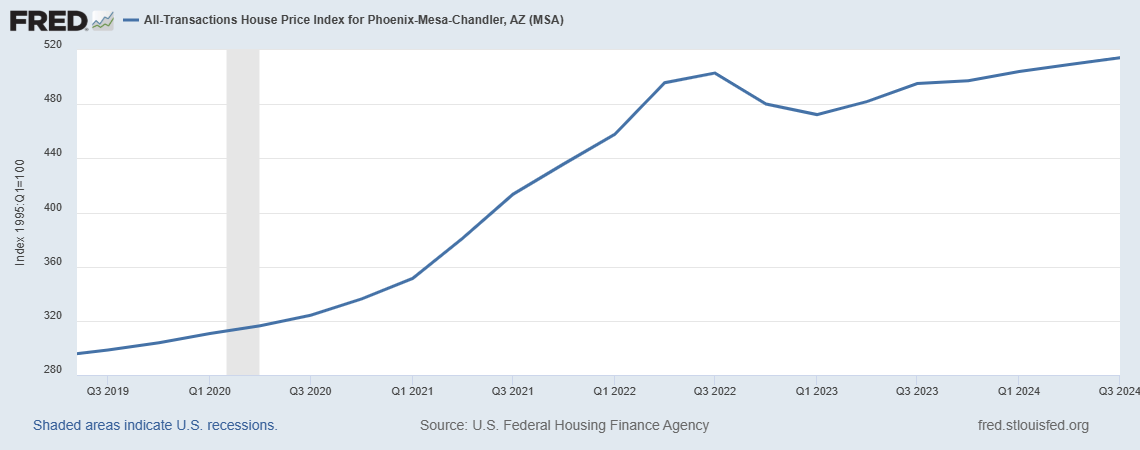Treasury notes play a crucial role in influencing fixed-rate mortgages.
Fixed-mortgage rates usually follow the trends of Treasury yields. Yields refer to the annual profits earned from holding Treasurys.
When yields rise, so do rates of fixed mortgages.
Note: The best time to get a fixed-rate housing loan is when the Treasury yields are low.
What Is the Purpose of Treasury Notes?
Bonds, bills, or notes issued by the U.S. Treasury Department are collectively referred to as Treasurys. The government sells Treasurys to cover the national debt.
Treasury notes come with maturities of two, three, five, seven, and 10 years. The 10-year note commands the attention of most investors.
The government issues Treasury bonds fixed at 20 and 30 years. Treasury bills are issued for only one year.
Note: Treasury notes are considered one of the world’s safest financial instruments. The U.S. government guarantees the payment of these as fixed-income investments.
How Do Treasury Notes Work?
The government sells Treasurys through auctions, where their rates and yields are determined by demand.
Low demand lowers rates or prices below the bond’s face value but provides higher yields. Conversely, high demand raises the rates of Treasury notes or bonds, thereby reducing Treasury yields.
Note: Treasury note yields change every day.
Treasury Yields Directly Affect Fixed Mortgage Rates
Treasury yields, particularly on the 10-year note, and fixed mortgage rates rise and fall in tandem.
On the other hand, adjustable-rate mortgages (ARMs) are more affected by the fed funds rate set by the Fed.
Investors compare the yield from long-term Treasurys with profits from mortgage-backed securities and corporate bonds. They measure short-term Treasury yields with returns from certificates of deposit (CDs) and money market funds.
Investors seeking safe returns flock to Treasury notes and bonds when Treasury yields rise.
Increasing yields eventually raise mortgage rates.
Why You Want Low-Yielding Treasury Notes and Bonds
Low-yielding Treasury notes and bonds often translate to lower mortgage rates. This scenario stimulates the real estate market and significantly boosts the economy.
Homebuyers can afford larger homes or a second one. This means a wider market for those selling their homes as well.
Homeowners can afford to make home improvements or consume more products with an increase in spending money.
The adjustment occurs because investors in mortgage-backed securities demand higher rates to compensate for the greater risk associated with rising Treasury yields.




